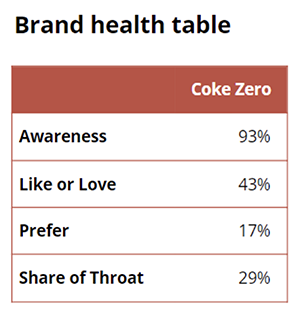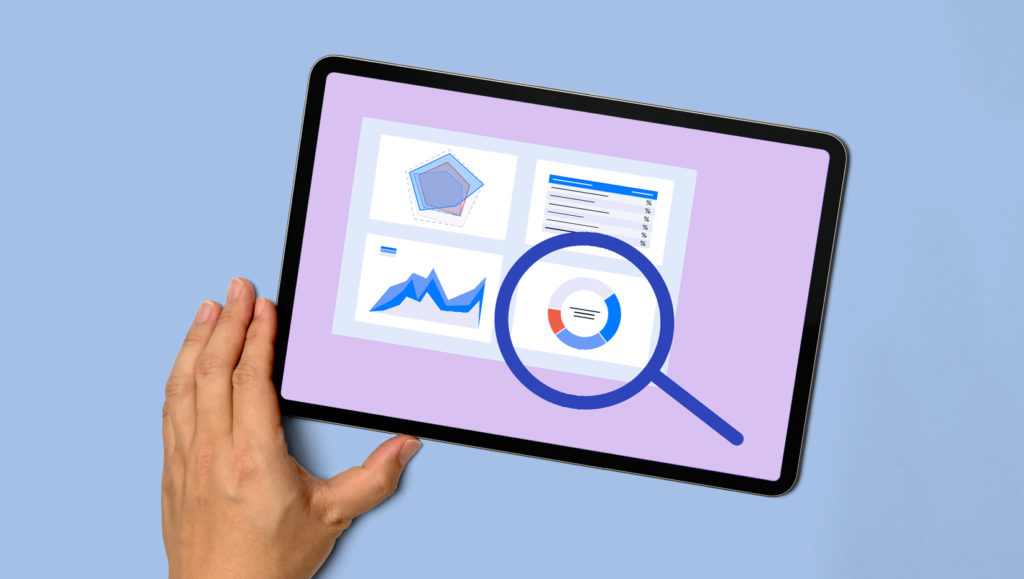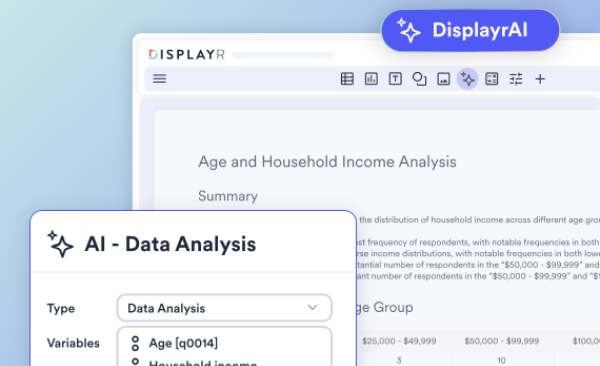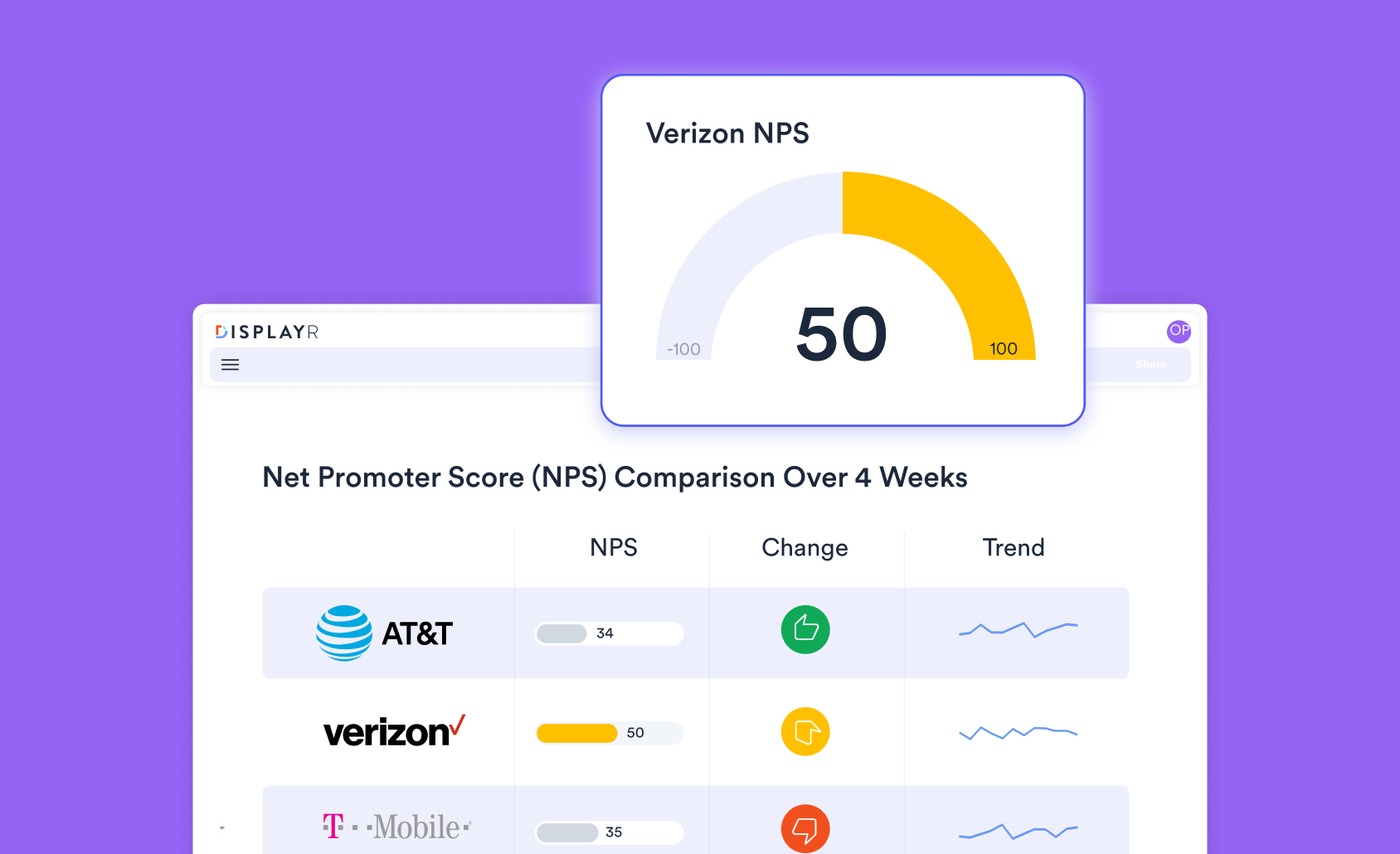
TL;DR
Brand tracking is essential for any business that wants visibility into its brand's performance over time. It's how some of the biggest brands in the world track loyalty and stay relevant over multiple decades.
Brand tracking ultimately requires time, patience, and continued investment. Here, I'll explain why automated reporting is the perfect vehicle for keeping your brand tracking efforts moving. You'll also learn some valuable tips and tricks for streamlining your brand monitoring efforts.
What is Brand Tracking?
Brand tracking is the ongoing process of measuring and evaluating brand performance over time. This effort to continuously monitor brand health results in insights into audience awareness and perception, serving as a yardstick for measuring marketing activities.
Realistically, brand tracking can be measured by hundreds of different signals (particularly in the social media era), but some of the metrics I focus on include:
- Brand awareness (aided and unaided)
- Brand consideration and preference
- Brand loyalty and advocacy
- Purchase intent
- Brand associations and attributes
- Share of voice
- Net Promoter Score (NPS)

Automated Reporting Explained
Today, users expect brand tracking insights to be delivered as soon as possible. Whether it's a standalone dashboard or large PowerPoint reports that are routinely updated, users want to know that the data they are looking at is timely and accurate.
Enter automated reporting. By creating a direct link between the raw data source (e.g., purchase intent data and NPS) and the published reports, I can create reports that automatically update with fresh data. This means businesses can make data-driven decisions about their brands in real-time.
These automated systems also reduce the need for manual data compilation and analysis, saving hours upon hours of work and reducing the risk of human error in brand tracking reports. As a result of PowerPoint automation, these brands can easily stay ahead of market trends and quickly adapt their strategies based on the most up-to-date insights.
Brand tracking is all about guiding data-driven decisions.
Setting Up Automated Reporting for Brand Tracking
Although it is an enormous time saver in the long term, setting up effective automated reporting for brand tracking requires some initial hard work and diligence. There are several different components that go into setting up automated reporting, each requiring some consideration.
1) Choose the right tool
The first thing to consider when setting up automated reporting for brand tracking is selecting the right tool. There are hundreds of different report automation options, so it will be worthwhile to research and find out what will work best for your data. Certain tools, like Displayr, have been created with a market research-first mindset, meaning they are well-positioned to be effective in brand tracking.
You should also consider whether the software you select is easily compatible with your other main tools and whether it offers extras like customizable templates and advanced visualization.
2) Establish clear goals
Establishing clear objectives should be the next priority of your automated brand tracking strategy. Decide what you want to achieve from the project, what you are willing to sacrifice, and how much time, effort, and money you want to spend on brand tracking. These goals should align with broader business objectives while remaining specific and measurable.
3) Decide how often to refresh the data
If you are creating an automated reporting workflow, one of the most important decisions you have to make is how frequently the data refreshes. Should it be daily, weekly, or monthly? For example, you might decide that more granular data, like website visits, should be updated weekly, while broader brand health metrics, like NPS, should be refreshed monthly.
It will depend on how often you collect data and how frequently you present the findings. You should balance the need for timely information with the reality of data collection cycles.
Ready to automate your brand tracking?
Start a free trial of Displayr.
Creating and Customizing Effective Reports
Another critical component I look at for effective brand tracking is the data itself. It should integrate a range of data sources, spanning traditional surveys (customer feedback, focus groups), digital touchpoints (social media engagement, website analytics), and market research data (industry reports, competitor analysis).
Once the data is in place, effective automated reports should strike a balance between comprehensiveness and clarity. Some elements I make sure to include are:
- Executive summary dashboard
- Trend analysis and comparisons
- Key performance indicators
- Competitive benchmarking
- Action items and recommendations
- Interactive visual elements
Analyzing and Interpreting Brand Tracking Data
Analyzing brand tracking data strikes a balance between looking at quantitative metrics and considering qualitative insights. An easy starting point is to identify patterns over time, whether that be a decrease in brand awareness or an uptick in customer loyalty.
Once you identify these patterns, ask why. Sometimes, there will be a clear explanation, but often, it will take some time to look at other data sources to piece together the puzzle. All data fluctuations should be evaluated in the broader context of the business and market conditions.
Hint: Statistical significance tests can help you decide whether or not changes are meaningful or within normal variance.

Brand Tracking Software
Several different brand tracking software options are available on the market today, designed to help businesses monitor brand health more easily. These tools usually help teams measure the ROI of marketing campaigns, track brand awareness, predict sales growth, understand market shifts, and perform competitive analysis. By providing real-time insights, these platforms enable companies to make data-driven decisions and optimize their brand strategies to stay competitive in the market.
Is Automating Brand Tracking Worth it?
Automating brand tracking reports does require some effort and can be expensive, depending on the tool you choose. So, it's worth asking whether it's actually worth it.
We might be biased at Displayr, but we believe the answer is a resounding yes. Automating brand tracking eliminates manual processes for collecting and analyzing data. This automation removes manual errors and saves time, enabling quick responses to customer feedback. It can also help you identify key drivers of brand perception.
How To Continuously Improve Brand Tracking
Brand tracking will only work long-term if it is continuously evaluated and improved upon. You should consider reviewing your processes multiple times a year to see what's working and what isn't and seek feedback from key stakeholders.
Always be ready to adapt your strategies and metrics based on the results. In particular, I usually consider adding new metrics to paint a broader picture of the brand and consider those that might be losing relevance. Without this mindset, brand tracking best practices would still suggest carefully checking newspaper mentions and ignoring social media followers. Although changes can be good, it's important to maintain consistency so that results can be compared over time.
Common Traps to Avoid
Brand tracking data is a powerful tool, but only if interpreted correctly and thoughtfully. I focus on actionable insights that drive strategy, not data for data's sake.
In addition, make sure all automation efforts are focused and deliberate. Don't just jump into report automation for the sake of it; ensure it will return on the investment and serve as a viable way to save you and your business time
Displayr Knows Brand Tracking
With PowerPoint automation capabilities, brand analytics resources, and automated reporting built-in - Displayr is a ready-built solution for anyone looking to streamline their brand tracking efforts. Easily connect all of your data to your brand tracking reports and keep your business informed with fresh data.



